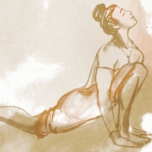
Pranayama means making your breath Infinite
Started by
Javfly33,
16 posts in this topic
Create an account or sign in to comment
You need to be a member in order to leave a comment
